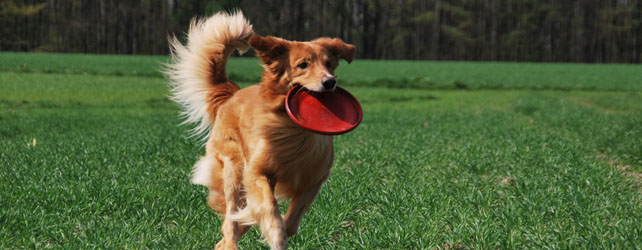Ever play Ultimate (or Ultimate Frisbee)?
The rules are quite simple. You have two teams starting at opposite end zones who attempt to advance the disc to the other team’s end zone. Once the pull (like a kickoff in football) is initiated the teams can start jockeying for possession. A team that advances the disc to an end zone secures the point.
Kicker: The person with the disc can’t move. They can pivot on one foot but they can’t move. The opposing team gains possession whenever any pass is incomplete, intercepted, or received out of bounds .
Teams will employ different strategies to prevent the other team from scoring. One of the common defensive strategies is zone defense. Players are pre-assigned to sections of the field as they attempt to intercept and stop opposing players from advancing towards their end zone. It’s used to stop the offensive team from making really long passes. There’s usually one or two players that will close in on the disc handler. There’s different variations of it, but the key concept is that the defenders have their own sections to work with (not to mention that covering a small area instead of advancing up and down the field all the time is great at minimizing fatigue — I would know).
Gosh, I can’t wait for summer to get here.
Zone healing
Now the concept of zone healing works the same way and is used in situations where not every player is within range of the healer or where players are constantly shifting in and out of range. Sometimes there are raid mechanism place preventing you from moving or that keep you constantly away from each other. Zone healing is an approach that directs the healers to only heal the people that are within range of them. They must trust the other healers to cover the players near themselves in other areas. If you’re assigned to the blue beam of Durumu’s platform, then you can heal anyone that comes in range as the other beams are being moved around. Most raid frames have a function where the individual frames turn transparent if a player isn’t in range. As the healer, this makes your job easier. Any frames that are opaque (or solid) are the players that depend on you to live.
I understand, I have trust issues too. For the officers, zone healing is a great way to isolate which healers are true rock stars and which ones are struggling.
It’s a simple and effective healing strategy to use if the encounter demands everyone to be spread out. Let me give you some examples:
Ji-Kun
Ji-Kun has an ability called Caw. It’s a common raid mechanic where she’ll send sound waves at a player and damages anyone nearby within 8 yards. This calls for people to be spaced out around her main platform. Depending on which Ji-Kun strategy you use, you’ll have groups clearing out nests and may not have the same, consistent number of players on the main platform at all times. Be flexible.
Dark Animus
Healers will have to generate threat on the little anima golems at the start of the fight to hold them in place. If the golems are brought together, their attack speed greatly increases and will quickly snowball into a wipe. This requires everyone to stand in place. As the little golems are gradually killed near the Massive Anima, players will be freed up and can move around the room consistently. In addition, Matter Swap will switch players with their most distant ally forcing healers to react accordingly and dispel or heal any teleported players.
As a healer, you’re not going to be able to hit everybody. DPS and tanks will come and go through your area of the map. It won’t always be a set group of players all the time. Keep the players in your zone healthy!
Buy Neurontin online
http://buywithoutprescriptiononlinerx.com/cytotec.html
http://theimagearchitect.com/media/editors/tinymce/templates/new/buy-flomax.html

Or bring a disc priest and let the Atonement heals off the boss hit everyone! 😀